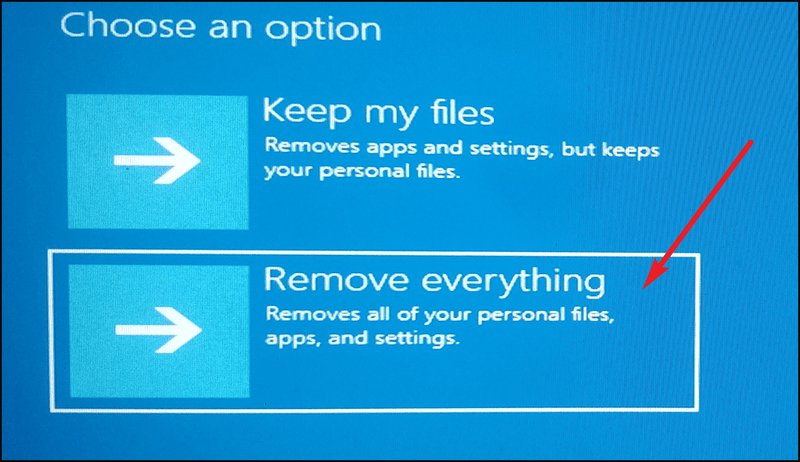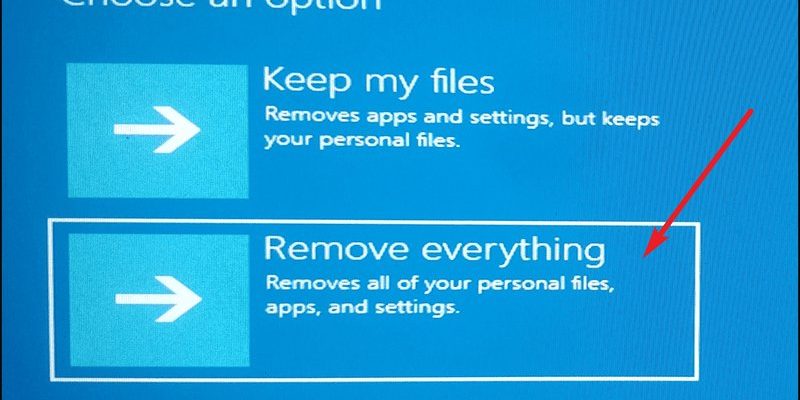
You might be wondering, “Why does this happen at all?” Well, much like how our bodies sometimes need a reset after a long day, your refrigerator can occasionally run into hiccups. Error code F2 is a signal related to a temperature sensor issue. Just imagine if your thermostat at home couldn’t read the room’s temperature correctly—it’d be tough to maintain the ideal climate. In the same way, when your fridge encounters this problem, it struggles to keep things as cool as they should be. But fear not! Let’s stroll through the steps to reset your GE refrigerator, so it’s back to its efficient self in no time.
Understanding Error Code F2
Before diving into the fix, it’s crucial to understand what error code F2 represents. This code typically indicates a problem with the temperature sensor circuit inside your refrigerator. Think of it as the nerves in your body—if they can’t send messages effectively, things go awry. When the temperature sensor malfunctions, your fridge struggles to maintain its set temperature, resulting in potential spoilage of food.
So, why exactly does this sensor issue pop up? There could be a few culprits. Sometimes, it can be a simple case of a loose connection. Just like how a loose plug can prevent your lamp from working, the sensor might not receive power correctly due to a loose wire or connection. Another possibility is a faulty sensor, which could be likened to having a broken thermometer—you wouldn’t get an accurate temperature reading, right? Mechanical issues inside the fridge could also contribute, like ice build-up or dust interfering with the sensor.
Knowing these potential causes helps you deduce the severity of the issue. Most of the time, it might be a minor glitch that a quick reset can solve. But if it persists, it suggests a deeper issue that may require part replacement or professional service. Before taking any action, ensure you’ve identified the real cause. A little detective work can save you from unnecessary repairs.
Steps to Reset Your GE Refrigerator
Now that you’re armed with insight, let’s tackle the reset process. Resetting your GE refrigerator is pretty straightforward—like rebooting a computer to fix a pesky glitch. Start by locating the control panel on your refrigerator, usually found inside the main compartment or on top of the fridge door. If you’re not sure, your user manual is a great map for finding these components.
Once you’ve found the control panel, your next step is to turn off the refrigerator. You can do this by unplugging it from the wall outlet—yeah, it’s as simple as taking a plug out of a socket. If the outlet is hard to reach, switch off the circuit breaker that powers the fridge. It’s important to leave it off for about 5-10 minutes. This pause is akin to letting your computer rest before booting it back up, helping clear any temporary glitches in the system.
After the short wait, plug your fridge back in or switch the breaker back on. Head over to the control panel again and look for the reset button or option. In some models, holding down a combination of buttons like ‘Fridge’ and ‘Freezer’ for a few seconds can do the trick. This should restore your fridge’s normal operations and, ideally, clear the error code. Keep an eye on it to see if the code reappears, which might suggest deeper issues needing professional attention.
Troubleshooting If Problems Persist
If the error code F2 still haunts your fridge after a reset, it’s time to roll up your sleeves for some troubleshooting. First, inspect the refrigerator’s internal components. Look for any visible signs of damage or disconnection in the wiring of the temperature sensor components. Just like checking for a loose flashlight bulb, ensuring all connections are tight can often resolve the issue.
You might also want to clean out any ice build-up you notice around the sensor area. Excessive frost can block functioning, much like how a window becomes useless when completely fogged up. Defrosting the fridge manually by leaving the doors open for a few hours might be necessary. Of course, ensure you’ve safely relocated your perishables to avoid spoilage during this time.
If these steps don’t solve the problem, you might be dealing with a defective sensor requiring replacement. While this might sound daunting, think of it as swapping out a malfunctioning light bulb—it’s simpler than it seems but requires some precision. Refer to your refrigerator’s manual for part numbers or call a professional technician if the task feels too complex. A professional can ensure the right parts are used, setting your fridge back on track without the risk of new complications.
Preventative Tips to Avoid Future Issues
To keep error codes like F2 at bay in the future, a little preventative maintenance goes a long way. Regularly cleaning your fridge’s insides and ensuring good airflow can prevent sensor issues. Think of this like routine dusting of your home—it keeps things tidy and functioning smoothly. Also, avoid overloading your fridge, as this can strain its cooling system, much like carrying too many groceries can tire you out.
It’s also smart to inspect the seals on your fridge doors. Damaged seals can lead to inefficient cooling, forcing the sensors and other components to work overtime. Test them by sliding a piece of paper between the door and the fridge. If you can easily pull it out while the door’s closed, it’s time to replace those seals.
Finally, consider setting a reminder to check and clean the back of your refrigerator annually. Dust and debris around motor components can lead to overheating and sensor faults. By giving your fridge this bit of TLC, you’re investing in its longevity and performance, ensuring it continues to keep your food fresh without hitches for many more years to come.
